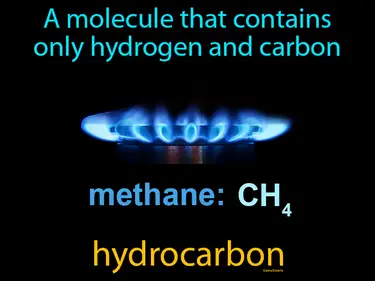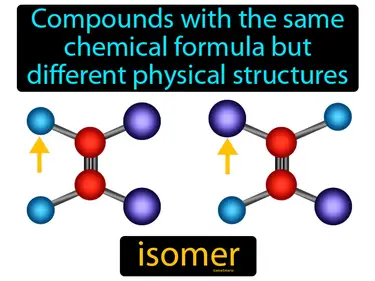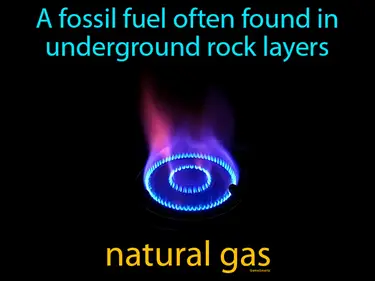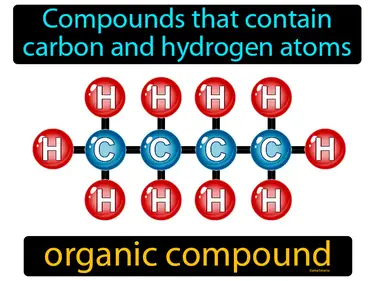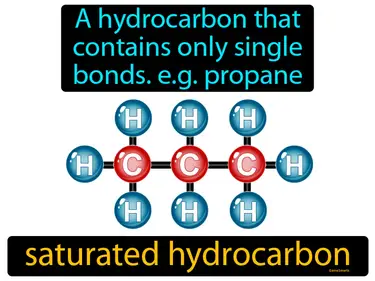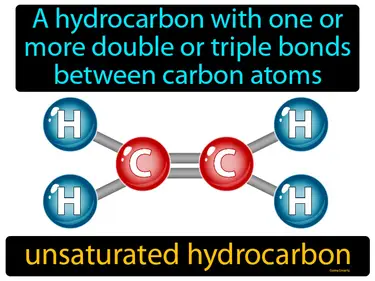Carbon and its Compounds
Science
aliphatic compound
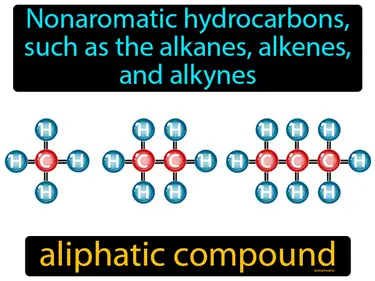
Nonaromatic hydrocarbons, such as the alkanes, alkenes, and alkynes. Aliphatic compound. An aliphatic compound is a type of organic molecule made up of carbon and hydrogen atoms arranged in straight or branched chains, without any aromatic rings.
alkane
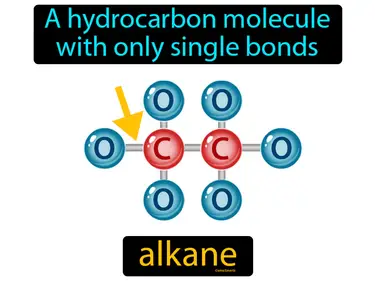
A hydrocarbon molecule with only single bonds. Alkane. An alkane is a simple molecule made of carbon and hydrogen atoms connected by single bonds only.
alkene
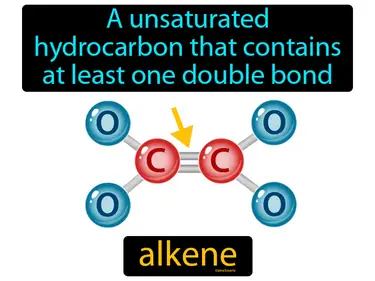
A unsaturated hydrocarbon that contains at least one double bond. Alkene. Alkenes are hydrocarbons with at least one carbon-carbon double bond, which makes them more reactive than alkanes.
alkyne
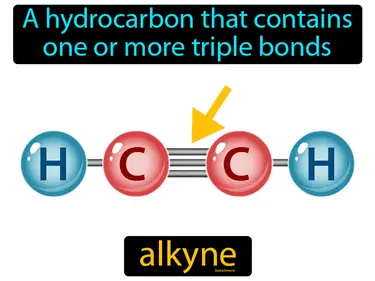
A hydrocarbon that contains one or more triple bonds. Alkyne. Alkynes are a type of hydrocarbon with carbon atoms connected by triple bonds, giving them unique chemical properties.
aromatic compound
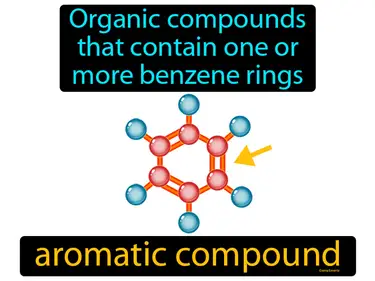
Organic compounds that contain one or more benzene rings. Aromatic compound. Aromatic compounds are stable, ring-shaped molecules that smell distinct and pleasant, like benzene.
asymmetric carbon
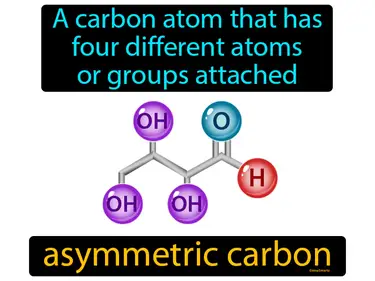
A carbon atom that has four different atoms or groups attached. Asymmetric carbon. It is a carbon that creates mirror-image molecules due to being bonded to four distinct groups.
benzene
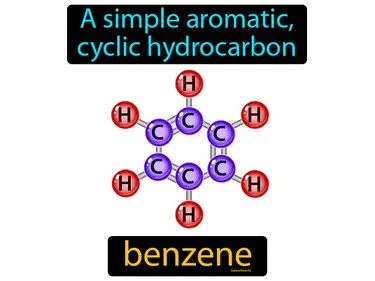
A simple aromatic, cyclic hydrocarbon. Benzene. Benzene is a ring-shaped molecule made of six carbon atoms and six hydrogen atoms, commonly used as a starting material in making plastics, resins, and other chemicals.
condensed structural formula
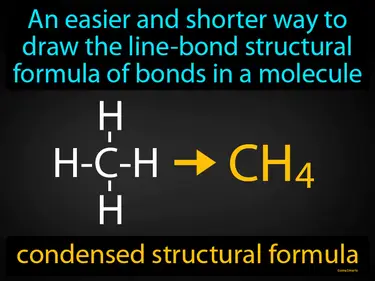
An easier and shorter way to draw the line-bond structural formula of bonds in a molecule condensed structural formula. A condensed structural formula shows the arrangement of atoms in a molecule without drawing all individual bonds, using groups of atoms instead.
cracking
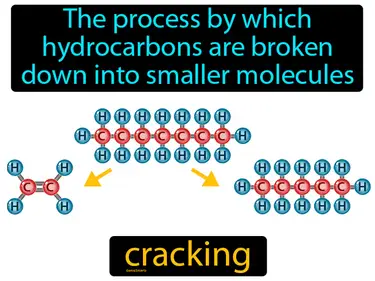
The process by which hydrocarbons are broken down into smaller molecules cracking. Cracking is a method used in the oil industry to turn heavy and large molecules of crude oil into lighter, more useful products like gasoline.
cyclic hydrocarbon
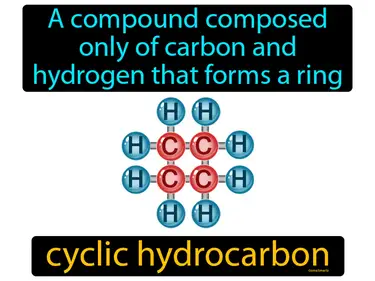
A compound composed only of carbon and hydrogen that forms a ring cyclic hydrocarbon. A cyclic hydrocarbon is a molecule made up of carbon atoms connected in a loop or ring structure, with hydrogen atoms attached.
cycloalkane
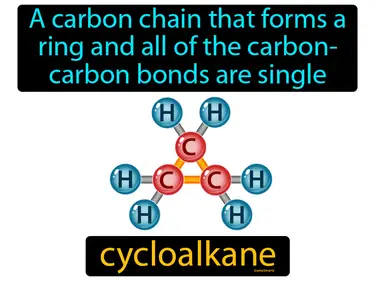
A carbon chain that forms a ring and all of the carbon-carbon bonds are single. Cycloalkane. Cycloalkanes are ring-shaped molecules made only of carbon and hydrogen with single bonds.
geometric isomer
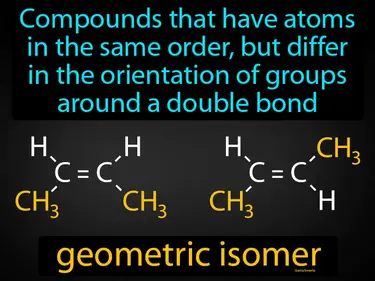
Compounds that have atoms in the same order, but differ in the orientation of groups around a double bond. Geometric isomers are molecules that have the same structure but different spatial arrangements of atoms due to the rigidity of double bonds.
homologous series
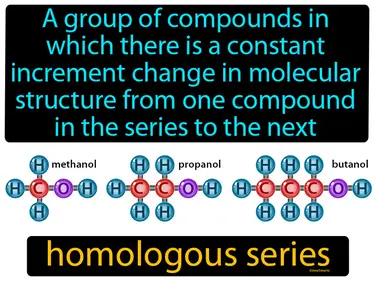
A group of compounds in which there is a constant increment change in molecular structure from one compound in the series to the next. Homologous series. In science, a homologous series is a family of compounds with similar chemical properties and structures that differ by a repeating unit, like a CH group.
optical isomer
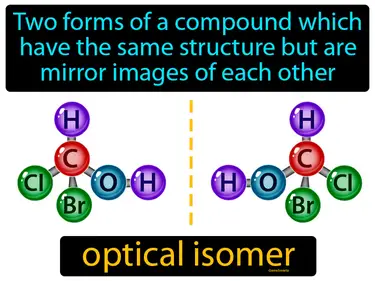
Two forms of a compound which have the same structure but are mirror images of each other. Optical isomer. Optical isomers are molecules that are like left and right hands they are the same but cannot be superimposed onto each other.
organic chemistry
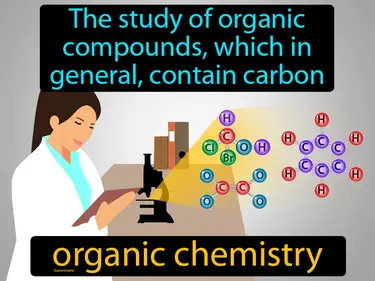
The study of organic compounds, which in general, contain carbon. Organic chemistry. Organic chemistry is the branch of science that focuses on the structure, properties, and reactions of carbon-containing compounds.
parent chain
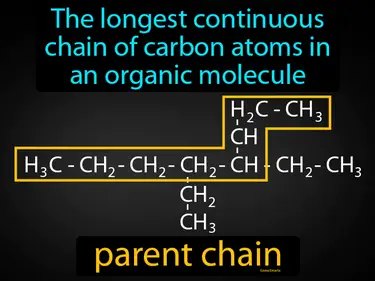
The longest continuous chain of carbon atoms in an organic molecule. Parent chain. The parent chain is the main backbone of a molecule that determines its base structure and name in organic chemistry.
stereoisomer
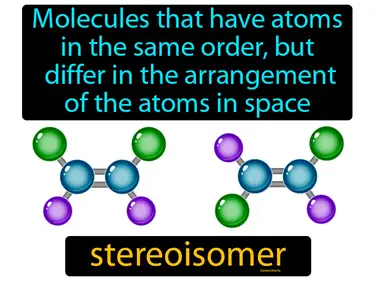
Molecules that have atoms in the same order, but differ in the arrangement of the atoms in space. Stereoisomer. Stereoisomers are like LEGO models built with the same blocks but arranged differently to create distinct shapes.
structural isomer
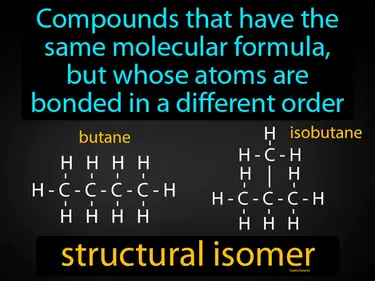
Compounds that have the same molecular formula, but whose atoms are bonded in a different order. Structural isomer. Structural isomers are molecules that have the same number of each type of atom, but the atoms are connected differently.
